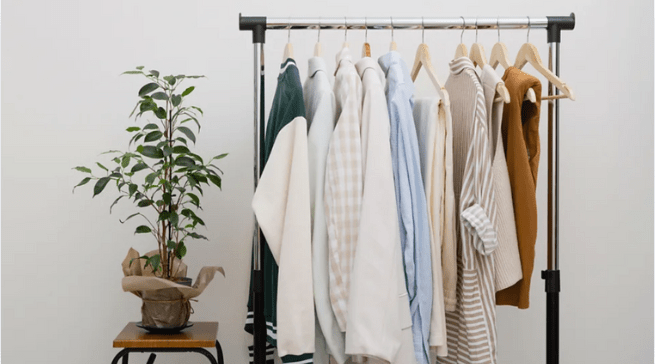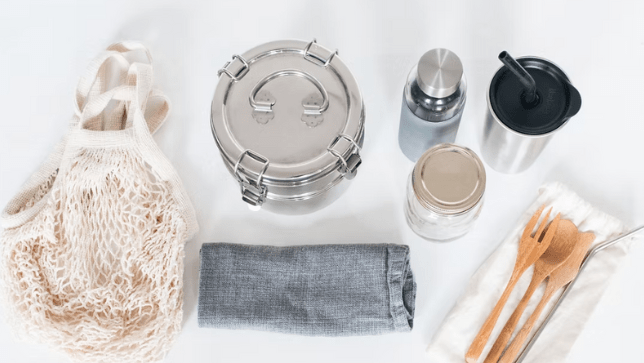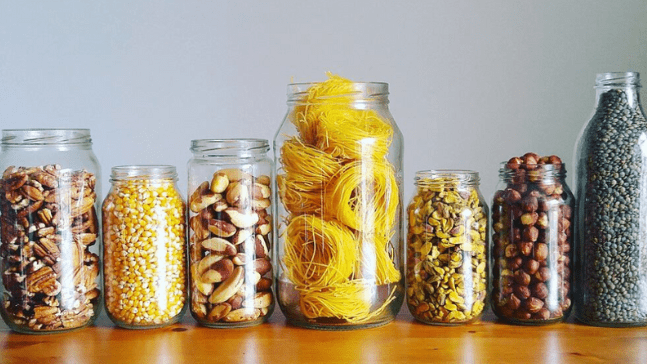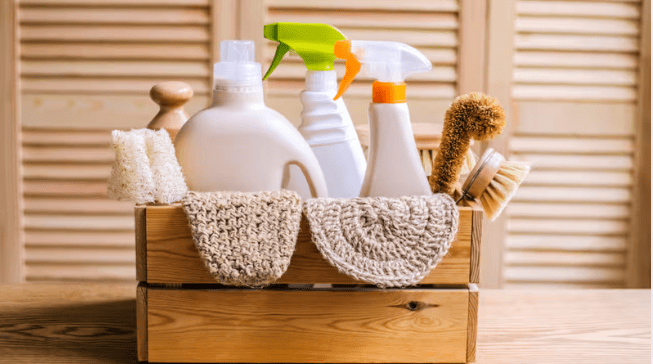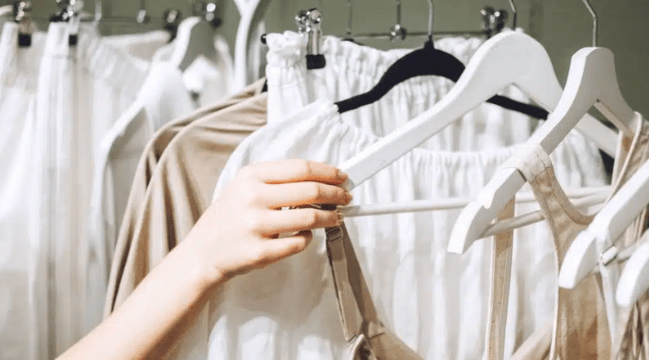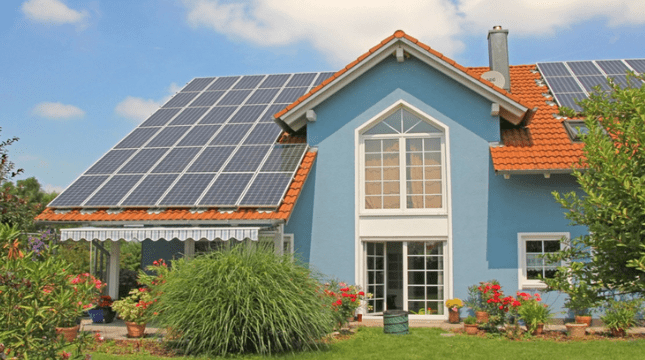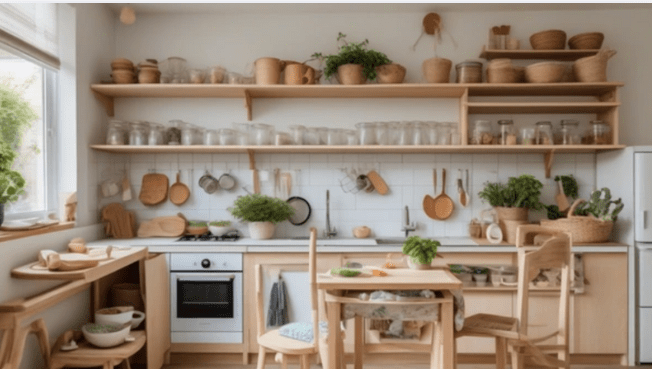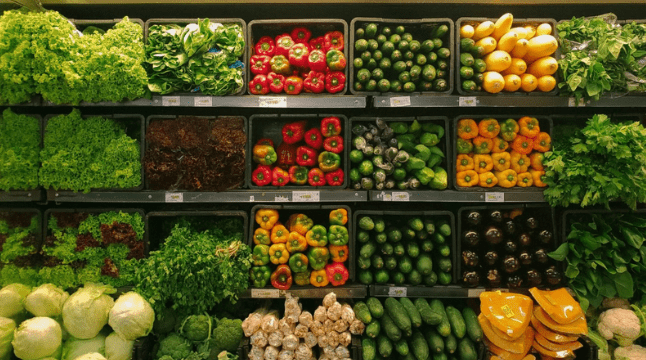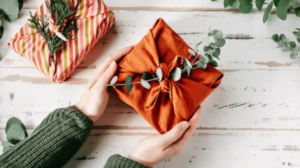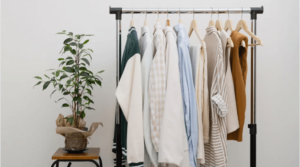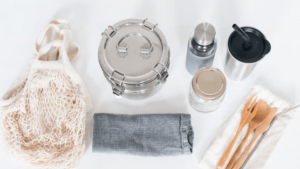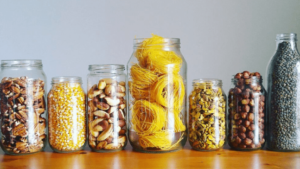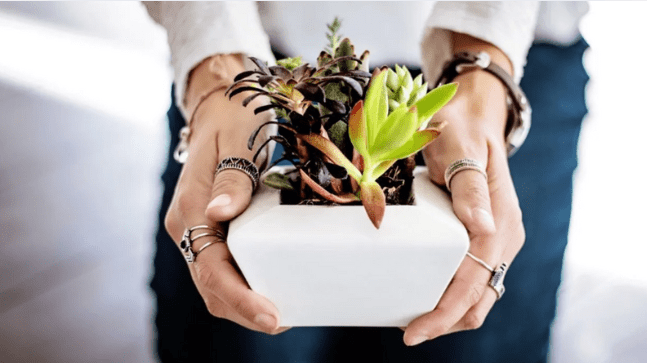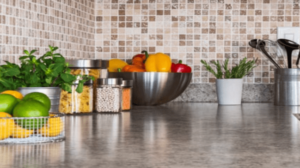Plastic-free home is the least you can do to make an eco-friendly choice and keep your home and living healthy. Everything from home basics, kitchen essentials, and décor to personal care and tools, plastic-free home products are designed to help you say goodbye to single-use plastics and harmful chemicals you find in your everyday ordinary products, helping foster a healthier, more sustainable lifestyle for you and the planet.
This complete guide includes why a plastic-free lifestyle is important, necessities for a plastic-free home, which materials are best, credible brands, how to make your own products and tips on how to make the transition to a plastic-free home. Ready to change your spaces and live with more intention? Let’s dive in!
Why The Decision To Go Plastic-Free When It Comes To Home Products?
Combat Plastic Pollution
Single-use and throwaway plastics are a huge contributor to overflowing landfills and ocean pollution, harming wildlife and ecosystems. Opting for plastic-free products greatly reduces this waste.
Healthier Indoor Environment
Your home environment can be a toxic place, with plastic products being a source of hazardous chemicals such as BPA and phthalates that leach into the air and your home. Plastic-free options are made with natural materials that help to keep the air and surfaces clean.
We Support Sustainable Manufacturing
Plastic-free items can be from ethical brands that are conscious of environmental stewardship, fair labor and responsible sourcing.
Essential Plastic-Free Products for Your Home
Kitchen Essentials
-
Glass or Stainless Steel Storage Containers: Solid, nontoxic, and reusuable substitutes for plastic Tupperware.
-
Beeswax Wraps: A substitute for cling film and plastic bags when packing food or covering a bowl.
-
Wood or Bamboo Utensils: Reusable, biodegradable and looks good with desserts!
-
Cotton or Linen Produce Bags: Hack, think of washable, non-plastic bags for fruits and vegetables.
-
Cast Iron or Ceramic Cookware: Durable, non-toxic choices that are void of plastic coatings.
Cleaning Supplies
-
Reusuable Glass Spray Bottles: Use for your homemade or larger quantity purchased cleaning solutions.
-
Natural Fiber Cloths and Brushes: Substitute plastic sponges and scrubbers with biodegradable materials.
-
Solid bars of Soap: multipurpose soap bars for dishes, laundry, body and more without plastic packaging.
Bathroom Products
-
Bamboo Toothbrushes: Biodegradable handels and recyclable heads.
-
Soaps and Shampoos Without Packaging: Pucks or powders wrapped in paper or cardboard.
-
Reusable Cotton Pads Washable Makeup Remover Pads: Better for your skin and the planet.
Home Décor and Storage
-
Woven Baskets and Boxes: Crafted with natural materials such as rattan, seagrass or jute.
-
Glass and Wood Containers: For perfect plastic-free home storage.
-
Furniture-Metal/Wood: All-metal, wood or metal and wood combination of furniture, free of all plastic parts.
Types of Materials to Consider When Shopping for Plastic-Free Home Products
-
Glass: It’s able to be recycled, it contains no toxic materials and it serves multiple purposes.
-
Bamboo: Fast growing, renewable, biodegradable.
-
Stainless Steel – Durable, and recyclable and is ideal for containers and cookware.
-
Wood: Biodegradable, natural and has a beautiful look.
-
Cotton and Linen: Regularly washable and breathable materials, they break down in the environment.
-
Organic Rubber and Silicone: Long-lasting, eco-friendly options that are food-safe.
Trusted Brands for Plastic-Free Home Essentials
-
FinalStraw: Metal and silicone straws that you can reuse instead of using a disposable plastic one.
-
Bee’s Wrap: When it comes to a sustainable alternative to plastic wrap, beeswax food wraps are your best friend.
-
Stasher: Some of the best food storage bags and bags for other household goods, the silicone sandwich bag is a reusable silicone storage bag.
-
Etee: Zero-waste household items including sponges, wraps and dish brushes.
-
Package Free Shop: A collection of plastic-free home must-haves.
-
Bambu: Gorgeous bamboo kitchenware and utensils.
DIY Plastic-Free Home Product Ideas
Homemade Beeswax Wraps
With cotton fabric, beeswax pellets, jojoba oil, and pine resin make some reusable food wraps.
Natural Cleaning Solutions
Choose vinegar, baking soda, lemon juice and essential oils for the best chemical-free cleaners.
Reusable Produce Bags
Make your own bags out of cotton or mesh material for fresh fruits and vegetables.
Tips for Going Plastic-Free at Home
-
Begin with a single room or product category to prevent that sense of overwhelm.
-
Start cycling out disposables for reusables when the disposables run out.
-
Back your local zero-waste shops and makers.
-
Teach family and friends about plastic-free alternatives.
-
Be patient and flexible — plastic-free living is a journey, not a sprint.
Barriers and Solutions
Plastic-Free Options
The plastic-free choices we have. Look for them on online marketplaces, in bulk stores and in zero-waste stores. DIY solutions can fill gaps.
Upfront Costs
Purchasing durable and reusable items saves money in the long run, although the up-front costs may be high.
Convenience
Preempt by bringing your own reusable bags and containers and skipping plastic to-go.
Conclusion
An eco-friendly home product is more than just a thing — it’s a commitment to health, sustainability, and mindful living. When you make plastic-free must-haves a part of your kitchen and bathroom and cleaning routine and décor, you build a home that supports your health and the health of our planet at the same time. These small changes translate to big impacts and examples of how living a plastic-free life is both possible and richly rewarding.
Start your journey to a plastic-free home today and have peace of mind knowing you are living in sync with the planet.
Plastic-Free Home Products FAQs
Q1: Is it more expensive to go plastic-free with household products?
Many of these items have a higher initial cost, however, in most cases, are reusable and last, saving money in the long run.
Q2: Where can I purchase plastic-free home products?
There are many resources like specialty zero-waste stores, online market places, local artisans, and bulk shops.
Q3: How can I clean and care plastic-free items?
Use and care according to instructions; Most of our natural materials need extremely similar care, and washing and drying must be done gently.
Q4: Are there plastic-free products for all areas of my home?
Yes, there are plastic-free substitutes for kitchens, bathrooms, laundry, storage and décor.
Q5: In what way are plastic-free products good for the environment?
They help to cut plastic pollution, save resources, effectively manage materials and drive sustainable manufacturing.
Q6: Is it hard to transition to these home products that are plastic free?
It needs time and patience, but small parts and baby steps make it doable.

